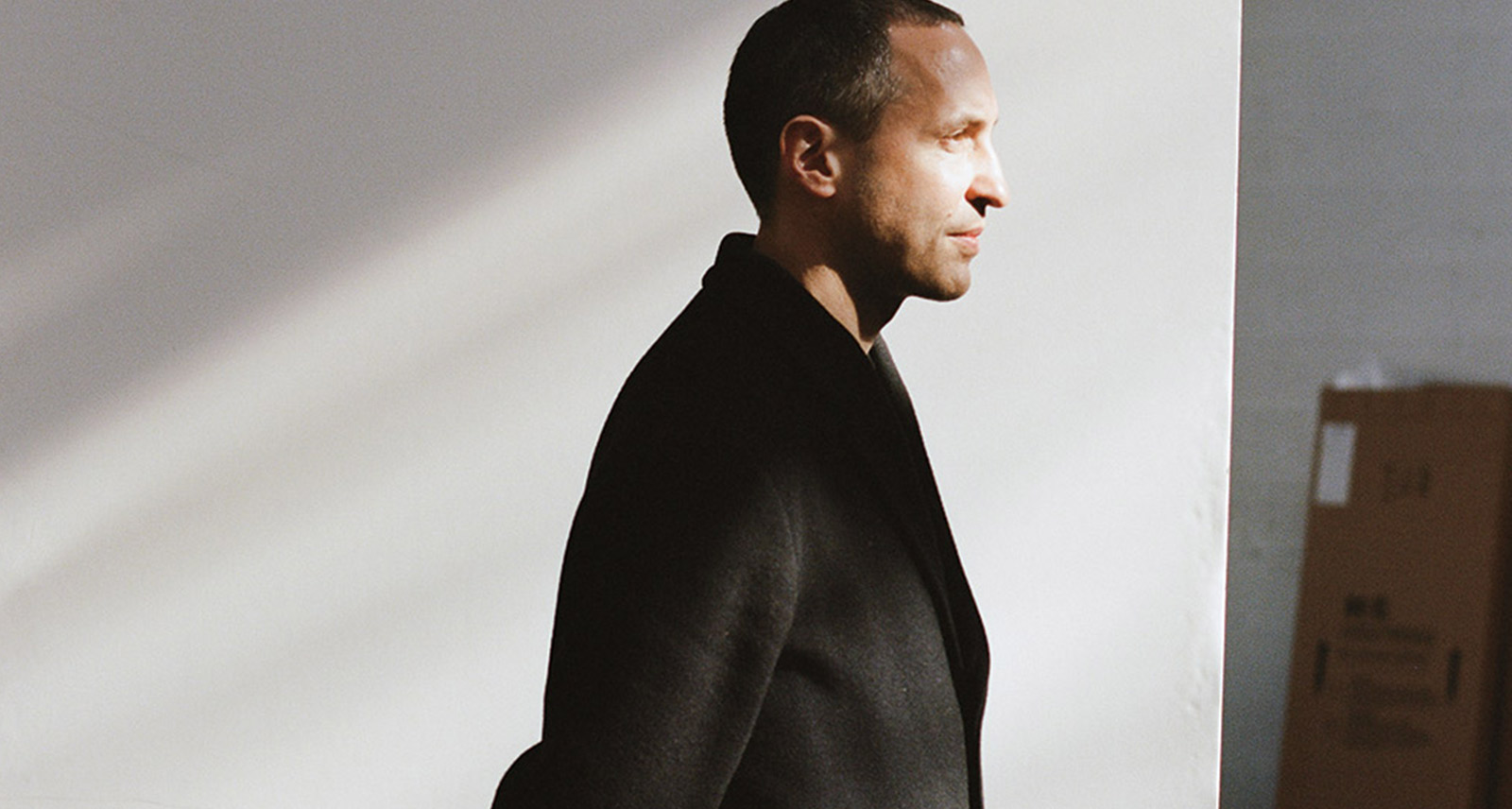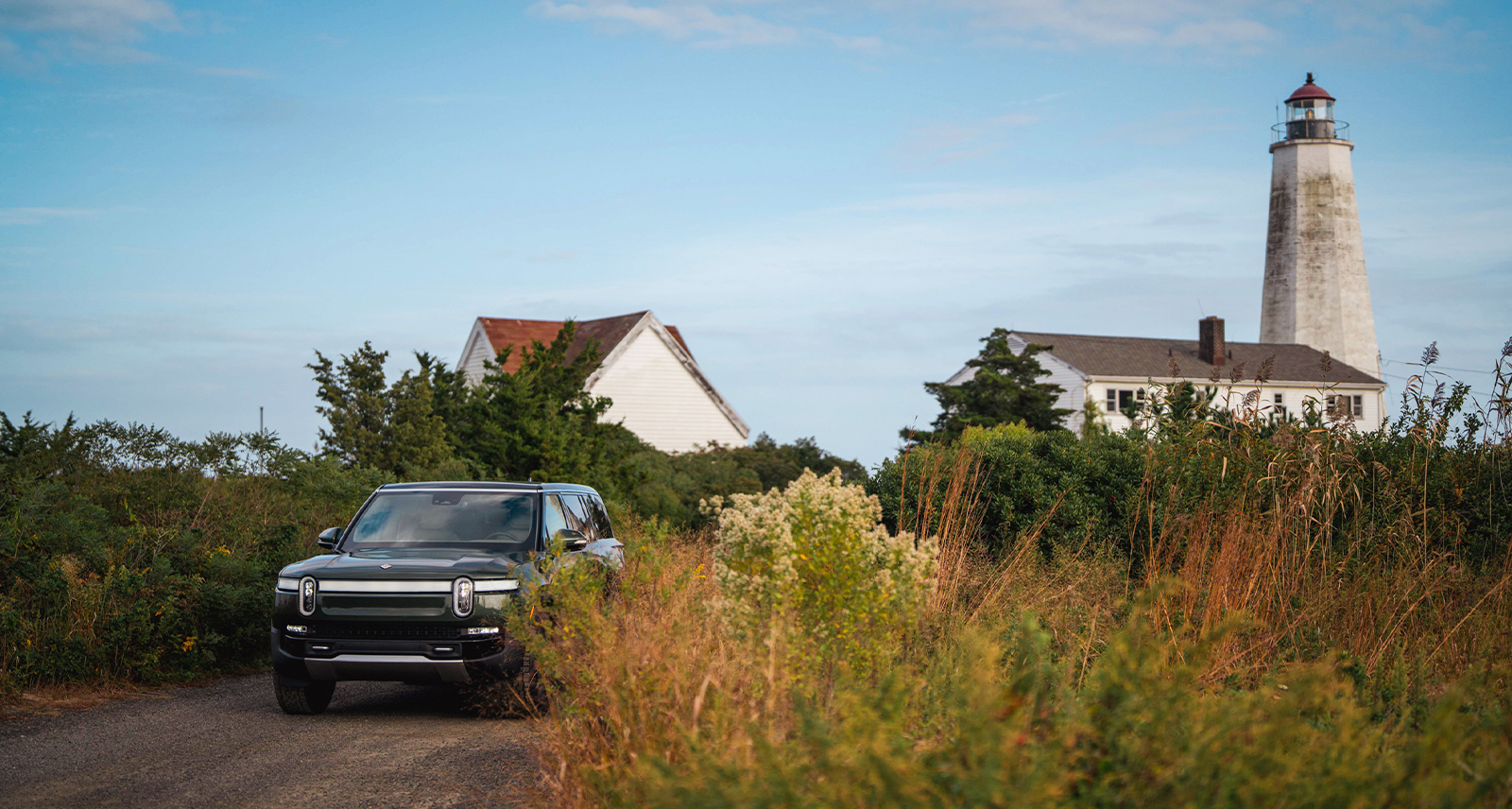Perfectly Imperfect: How Omer Arbel is Still Defying Design-World Conventions
I find myself momentarily surprised when Omer Arbel, co-founder and creative director of Bocci, readily admits that his lights, beautiful hand-blown glass orbs, don’t produce much light. “That’s a common complaint; they’re not good lights,” he says, with a laugh on Zoom one March morning from Vancouver. Design has been obsessed with functionality ever since the late 19th century, when architect Louis Sullivan wrote the famous (and oft-misquoted) Modernist maxim: “form ever follows function” — the idea being that a building or object’s design should communicate its purpose. A house should facilitate domestic life. A bicycle should transport a person. A light, as it goes, should illuminate darkness. While Modernism first fell out of favour nearly half a century ago, the idea that a successful design is one that fulfills a purpose remains. But for Arbel? “Our consideration is that [our lights] are not a source of lighting. We’re hoping to use light to discover what’s happening inside the piece, not to make enough light for you to cook with.”
Arbel is one of today’s great sculptors of light precisely because he’s fixated not on his fixtures’ functions, but on light’s more poetic qualities. “There is a kind of allusion to human emotion or metaphysical or even existential conditions that lighting evokes in us as humans. It’s different than furniture or art or architecture in that there is this moment where your spirit is engaged in some mysterious way,” says the Jerusalem-born, Vancouver-raised designer. “That suits me.”
To consumers, whether Bocci’s lights are functional or not appears beside the point. Bocci is one of the most successful lighting manufacturers on the planet. Its fixtures are sold in high-end showrooms and hang in the lobbies of Ritz-Carltons and Shangri-Las and above dining tables and kitchen islands in cities everywhere. Commercial success, however, hasn’t slowed Arbel’s creativity. In 2013, he occupied the main hall of London’s Victoria & Albert Museum with a tangled, 100-foot-tall chandelier made from 280 of Bocci’s 28 Series lights. Each light, a distorted glass sphere housing a smaller milk-glass diffuser, was unique. “Every single time [one of our] craftspeople makes a piece, it’s substantially different from the previous piece and the next one made. Things like the weather or people’s moods have a tremendous impact,” says Arbel. Aside from its pumped-up scale, the installation was typical of the work he’s famous for: grand but not mass-produced, inventive yet imperfect.
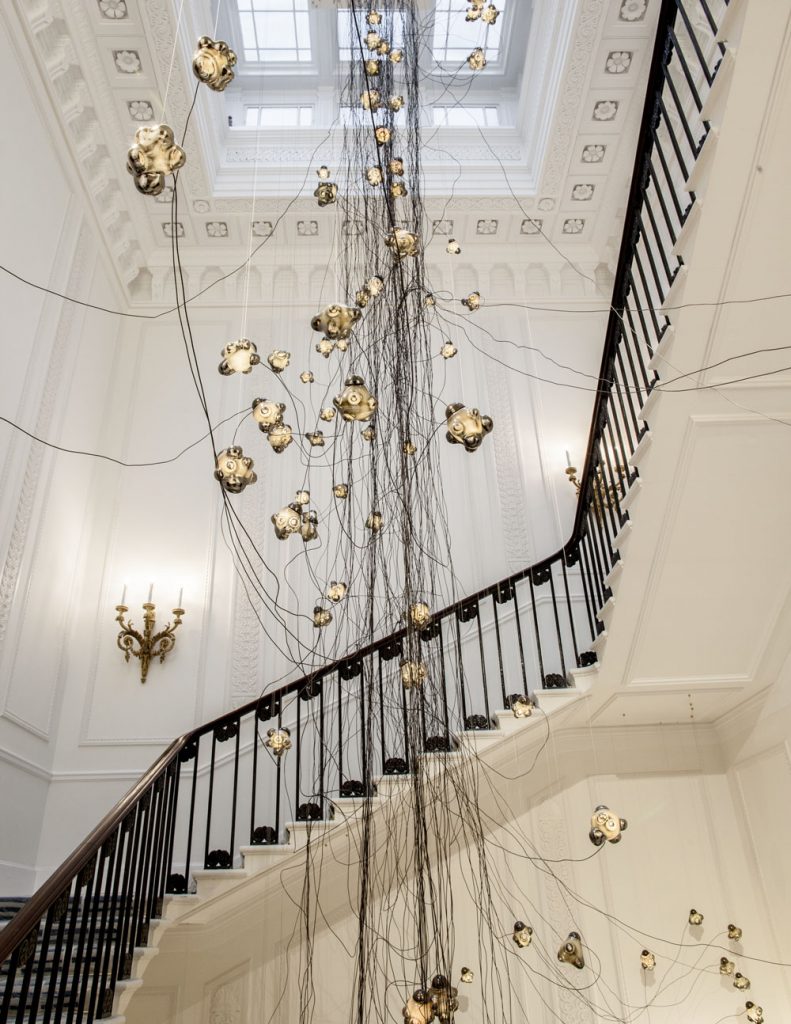
Later this year, Arbel is set to receive an honour that’s evidence of his stature in the design world: a Phaidon monograph covering his career — or, more accurately, its first act. In 2005, Arbel, then a young designer, was planning to show four prototype furniture pieces at the International Contemporary Furniture Fair in New York City. Three weeks before the exhibition, he designed a fifth piece: the 14. A pendant light made of two cast-glass spheres joined together, 14 made a splash in New York — not big enough for any established lighting manufacturer to edition it, but enough to motivate Arbel and Randy Bishop, a Vancouver entrepreneur who happened to be attending a different tradeshow in the same convention centre, to return home and found Bocci.
14 proved to be a blueprint for Arbel’s creative process. Arbel had originally envisioned the fixture as a single cast-glass globe, but his rudimentary knowledge of the material, along with time constraints, meant that the final light was made of two hemispheres, their edges ground down and stuck together. To Arbel, this union was a creative compromise. “The magic was gone,” he says. Nonetheless, 14 proved a critical and commercial success in large part due to two elements Arbel had never intended. People liked the horizontal seam bisecting the two hemispheres. And they loved the light’s glow, a result of the imperfections — the little rifts, folds, and bubbles — inherent to cast glass. It was an awakening; the magic of glass outpaced Arbel’s own imagination. “What I started to consider was: what if I build an entire practice based on the pursuit of these kinds of surprises?”
More than 15 year later, Arbel speaks of his role as a designer at both Bocci and his eponymous design studio, Omer Arbel Office, as an “instigator.” His job isn’t to imagine forms, but to uncover the surprises and beauty embedded within materials. For Bocci, this process begins inside the company’s sprawling headquarters and glass-blowing facility on Railway Street in Vancouver, right near the city’s ports. Here, Arbel experiments with materials with little thought to what might one day become of his discoveries. “We keep it loose,” he says. Most experiments yield nothing, but some prove interesting enough to pursue. Injecting soda water into hot glass, for example, resulted in Bocci’s 87 Series thanks to a pearlescent shimmer created by trapped air.
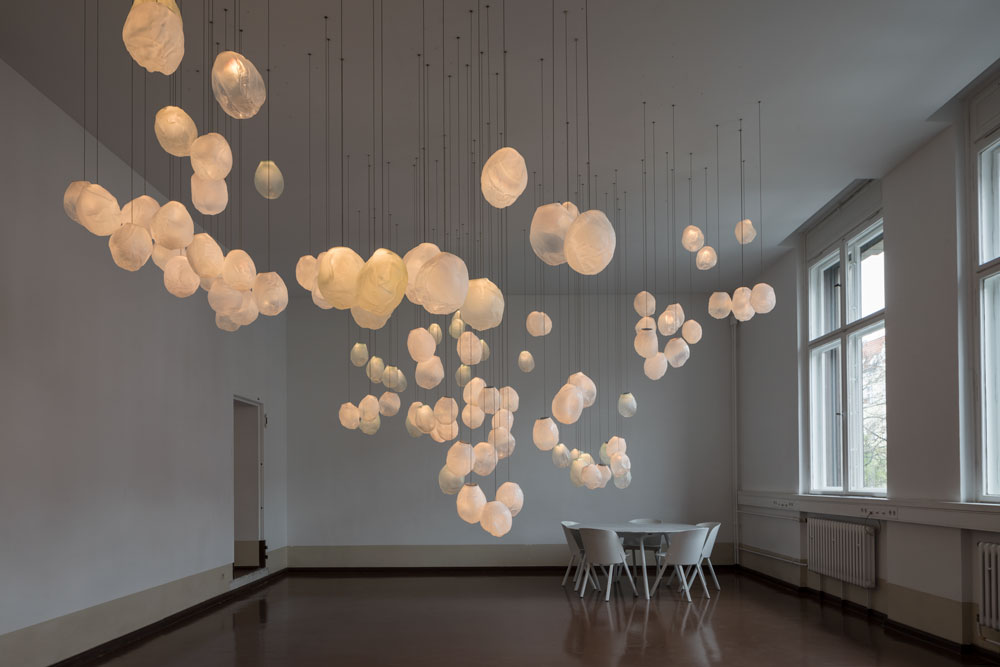
While Arbel, prior to the pandemic, spent half the year in Berlin, where Bocci has a satellite office, Vancouver remains home. It’s no typical design hub, but that may be for the best. “On the face of it, it’s actually kind of a terrible place to do what I do,” says Arbel, referring to the city’s relative youth and its economy run on forestry and mining. “But there’s a kind of discovery possible here that probably wouldn’t be possible in places where traditional craft or manufacturing is more established.” In Venice, for example, the craft of glass-blowing is passed down between generations of the same family. Making is bound not only by one’s creativity, but by familial and cultural expectations of how glass is supposed to be made. Free of dogma, Vancouver is a natural fit for Arbel’s freewheeling approach to design.
I mention to Arbel that his way of making sounds like play, unbound by rules and rigorous structure. “And it is, but there’s a tremendous amount of discipline required to not impose upon a project your preconceived ideas about form, to truly let the material teach you,” he says. “The more intimately we are involved in the process of actually executing the work, the more we are able to discover about what the materials want to teach us, the secrets of the materials.”
To some, the idea that a material might author a work itself may sound frilly, but there is a radical idea underpinning Arbel’s work that is more resonant today, in a climate crisis, than at Bocci’s outset. The construction of buildings or objects has often ignored a material’s tendencies, to wasteful and unsustainable effect. For example, concrete structures are typically created by pouring liquid concrete into lumber forms that are disassembled after the concrete has cured. This construction process not only wastes materials and labour, it betrays concrete’s liquid nature, says Arbel. “I’ve used the word ‘dishonest’ [about concrete] because you get this rectangular thing that comes from the architect’s imagination that has absolutely nothing to do with how the material wants to behave. We lose the spirit of concrete.” Arbel’s work, on the other hand, begins with observing how a material responds to manipulation. This method of making asks an important question: if we better understand materials — their intricacies, complexities, and idiosyncrasies — can we build in better ways?
Arbel is now searching for answers on a scale larger than a light. On sites scattered across British Columbia, Omer Arbel Office is constructing a series of ambitious and experimental houses. Some are explorations into new ways of working with concrete, the second-most-used material on the planet and one of its most egregious carbon emitters. As Arbel sees it, concrete isn’t going anywhere, so why not find better ways to use it?
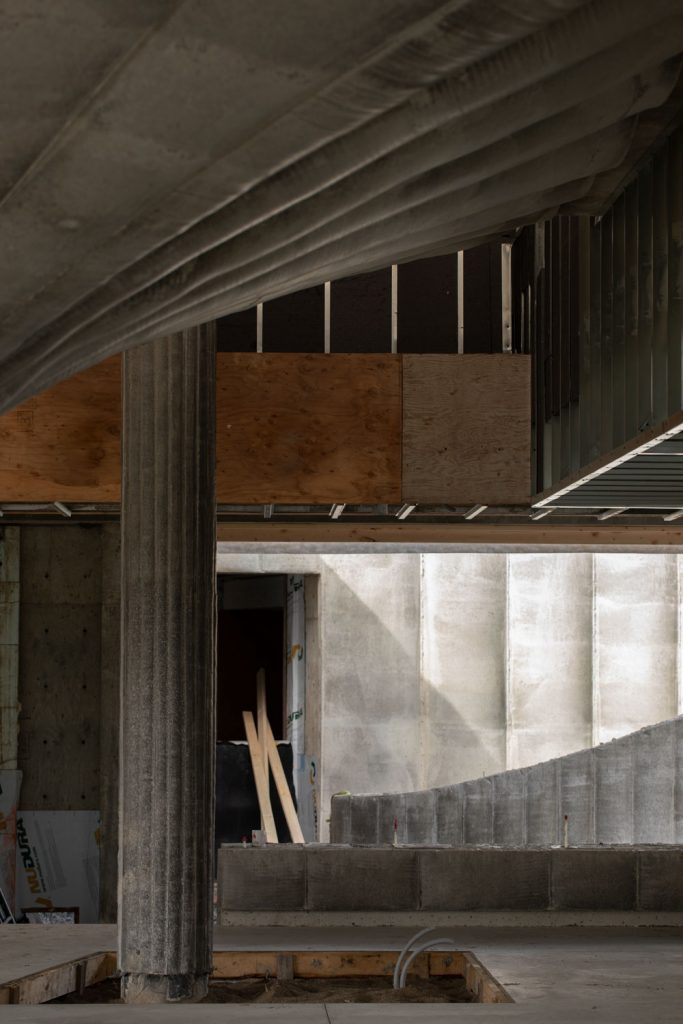
Under construction since 2017, House 75.9 sits partially buried under the soil of a hay farm south of Vancouver, in Surrey. It centres on 10 concrete columns that resemble trumpets, although Arbel calls them “lily pads.” It’s easy to see why. They stretch upward, some 30 feet high, merging into the house’s ceiling as if they had reached the water’s surface in search of sunlight. The forms themselves are remarkable, but as is typical of Arbel’s work, the real magic lies in their construction.
Each lily pad was created by slowly pouring concrete into a breathable fabric form stretched around tall plywood ribs. Traditional concrete construction requires concrete to be poured in stages, one layer on top of another. The result is a surface marred by horizontal cold joints, the fossilized evidence of concrete’s linear, step-by-step construction — which, according to Arbel, is antithetical to concrete’s liquid nature. Arbel’s fabric forms, on the other hand, let concrete breathe while curing. Consequently, each lily pad is the result of one long, continuous pour. The result is a seamless, sculptural form that Arbel feels better communicates concrete’s fluidity. But most importantly, it’s more efficient. “Usually, when I have my ideas, they’re way more expensive than conventional methods, and not because they’re crazy, but because they require so much R&D,” says Arbel. “But in this case, it was kind of amazing: it’s actually less expensive. It’s less wasteful. It’s less labour. It’s faster. And certainly, with any kind of industrial approach, it would be even better and even more effective.”
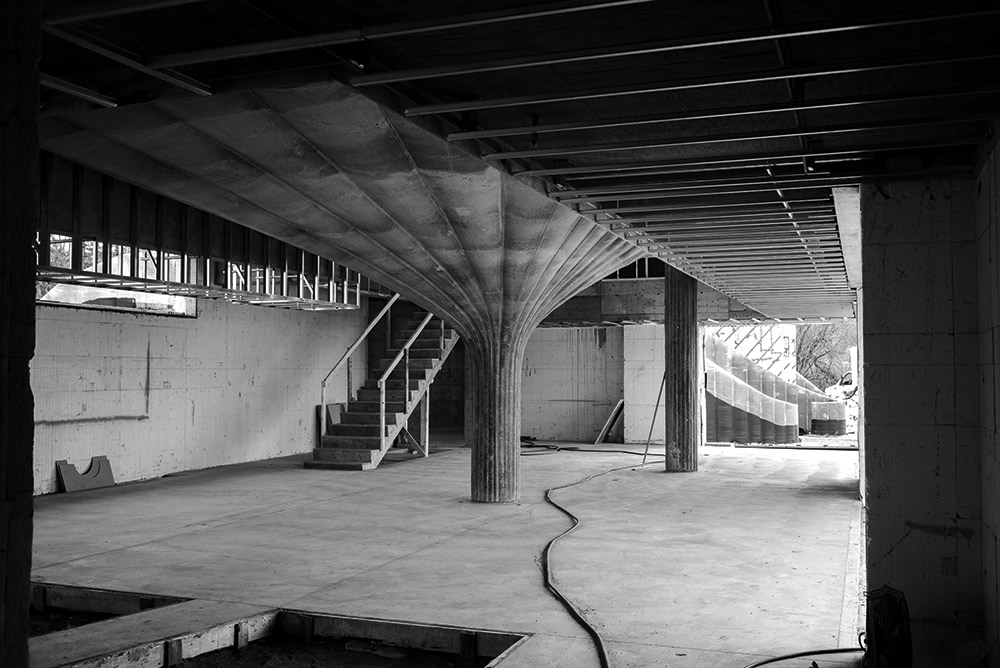
Much like Arbel’s lights, House 75.9 is an expression of a material’s capabilities, perhaps even at the expense of its domestic function. “I don’t see these lily pads as beautiful, necessarily,” he says. “They’re quite aggressive. They’re strange. They ask weird questions. And to have them in a home is a balancing act. Because a home, above all else, has to be a warm and comfortable place — for a family, in this case. So how do you cohabit with these sorts of aggressive things?” While the house’s inhabitants may not yet have an answer to that question, Arbel made sense of the lily pads’ presence by imagining them as freshly discovered archaeological relics. As as a young design student, Arbel once studied in Rome. There, he observed how the city’s architects incorporated fragments of the ancient city, often uncovered when excavating a building’s foundations or an underground parking garage, into otherwise banal office buildings. Today, the tension that found objects create within spaces fascinates him. “I want that sort of uncomfortable feeling of the human experience to be present within a domestic environment,” he adds.
In this context, House 75.9 is an inversion of what we typically ask of our homes — especially in a pandemic. People have coped with the past year by trying to insulate themselves from its discomfort. Lockdowns and stay-at-home orders have reaffirmed the importance of our domestic spaces, and we’ve furnished them with bouclé sofas and layered lighting in turn. For Bocci, that means business is booming. The flip side though, says Arbel, is that much of the joy of making is lost without the type of direct collaboration that he enjoys.
Thankfully, vaccines appear to offer a return to some sort of normalcy, and Arbel explains that the vaccine development process is somewhat like printing. “It’s much more complex than that. But basically, they just mapped the genetic code, tweaked it, and printed it. It’s astonishing,” he says. “We’re [entering] into this era of human history where all we have to do is imagine it and we can manufacture it. On the computer, we can form anything, and now there are the tools to actually print it with great finality out of many different materials.” A world so limitless creates questions: what holds meaning when anything can be created, often without evidence of the human touch? “And my answer is to celebrate the kind of constraints involved in materials and in fabrication methods. Those are things I find meaning in: the built-in imperfections of every single thing we make,” says Arbel.
Before House 75.9 is completed, a crane will lift tree bulbs into the hollow tops of the concrete lily pads. Arbel’s plan was for magnolias. Come spring, they’d erupt in a three-week bloom of pink, peach, or white, a respite from not only the house’s concrete and cedar facade, but also the unrelenting grey of a Vancouver winter. Alas, the building’s site is windy, not ideal for magnolias. Arbel is considering other trees. “[That pop of colour] could happen with a maple in the fall, when it goes bright red and catches the sunset,” Arbel muses. It’s not exactly what he’d envisioned, but he doesn’t seem miffed. For Arbel, listening has always been the way to uncover beauty in the unexpected.
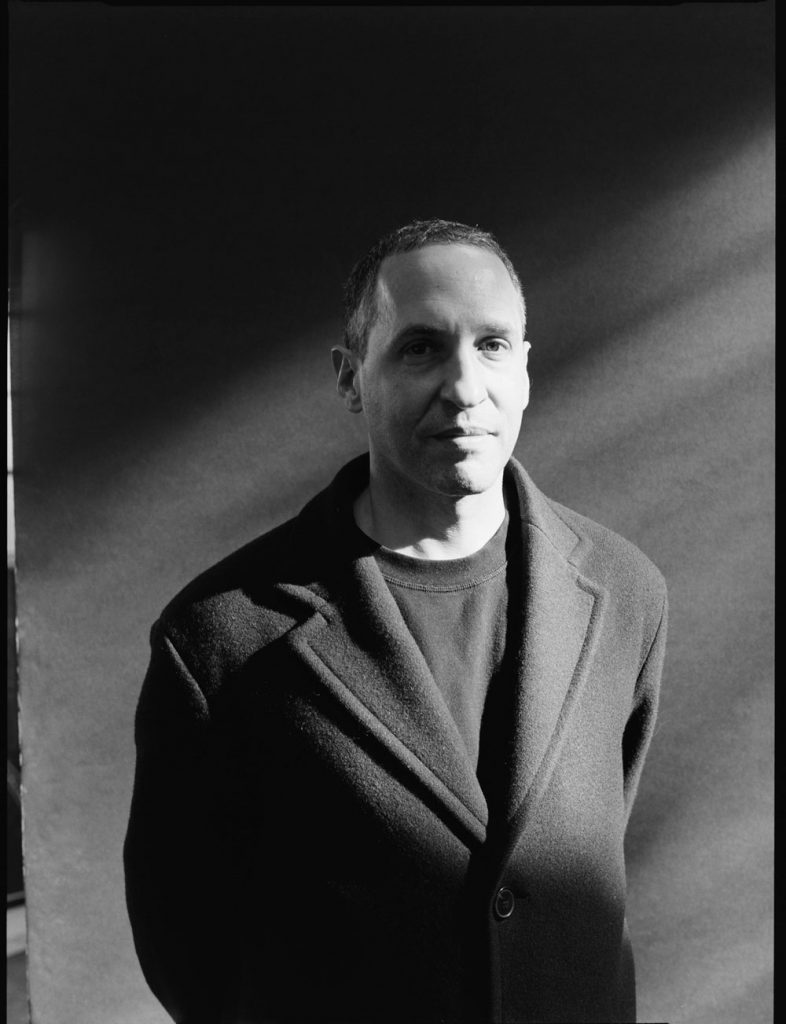
Lead Image: Fahim Kassam
